Scanning Around With Gene: Adequate Males Watching Blue Movies Together
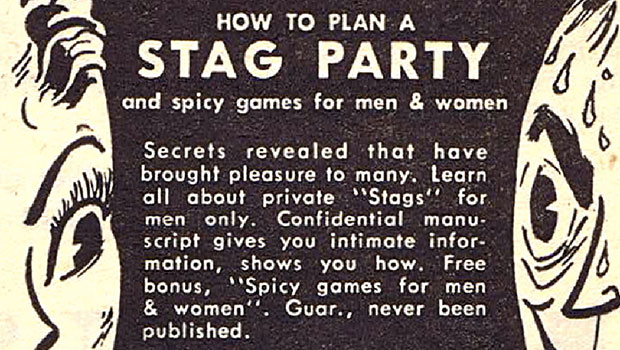
I’ve never been to a stag party, as bachelor parties were once called, and I’ve never seen a stag film. Nonetheless, I’m fond of both concepts. There’s something almost charming about the boys getting together the night before the big event and pretending to do things they normally wouldn’t do, and probably have little desire to do. Often these bachelor parties included screening of a “blue” movie. But where in the pre-video, pre-DVD world did a man turn to find such an item?
All of the images this week come from men’s magazines like True, Argosy, Real Adventure, and others. They date from 1958 to 1964, and they reflect the sexism of the time. Click on any image to see a larger version.
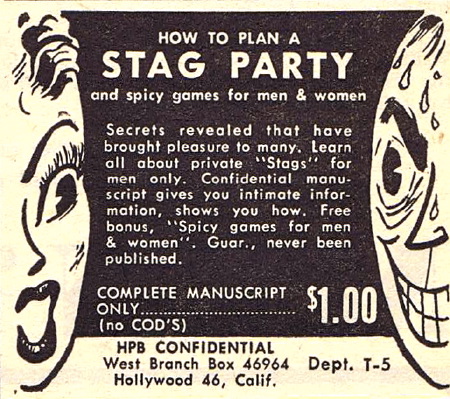

A stag, of course, is a male deer. How they became associated with blue movies or bachelor parties I’m not sure. In South Africa stag parties are known as “bulls’ parties,” and in Australia they’re called “bucks’ parties.” The French are more romantic; they refer to the pre-marriage male party as “enterrement de vie de garçon”, which means “(the) burial of the life as a boy” or “burial/funeral of the life as a bachelor.”
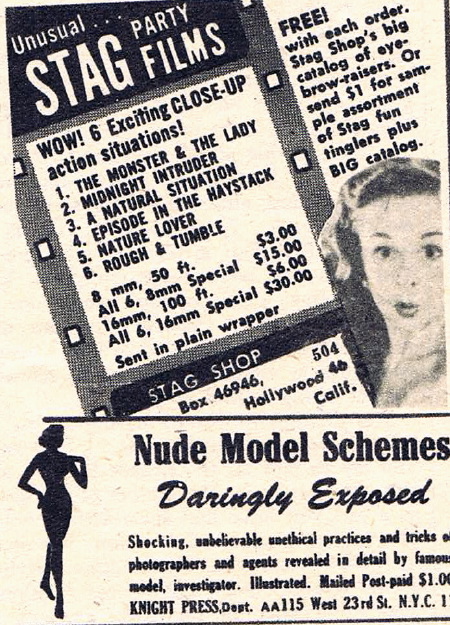
But my concern is with the entertainment, specifically the recorded-media portion. It seems that within moments of the Lumiere brothers showing the first motion picture in 1895, someone was working on a porn film. Pioneering French filmmaker Georges Melies directed a short film, “Après Le Bal”, with one of the earliest nude scenes in 1897. While we don’t know if that short was screened at enterrement de vie de garçon parties, it seems reasonable.

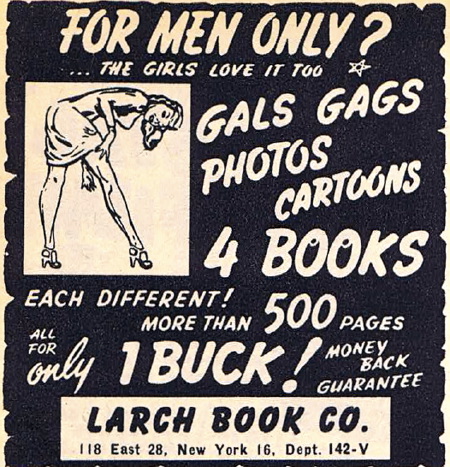
In 1923, Kodak introduced 16mm film stock and low-cost cameras and projectors. Now there was an affordable medium for movies that could easily be set up on the spot at, say, a bachelor party. So of course motion picture producers saw some opportunity in the erotic home movie.


Then in 1932, Kodak put 8mm move film and equipment on the market. This format was designed for home use and the projectors, screens, and cameras became fairly common. What you didn’t own yourself you could easily rent from a local camera store or borrow from a friend.

Post-war GIs came home to easy availability of projection equipment and an outbreak of marriages. So the bachelor party and stag films took off. By the time these ads ran, they were commonplace.


Part of the fun was that these types of films were not generally available. You couldn’t simply run down to the video store and pick up an X-rated movie. You had to do a little planning, and you had to speak the code, which referred to much of this material as somehow educational, artistic, or research-oriented.


And it wasn’t just films you could buy. There weren’t adult stores in those days. If you wanted something with a picture of a naked (or more likely half-naked) man or woman on it, you had to secure it through the mail. And if you wanted to know more about sex, you had to buy some sort of marriage “manual” or quasi-medical tome. All were readily available for purchase in the classified section of men’s magazines.



I suspect many men who ordered these products ended up somewhat disappointed — they don’t sound exactly hard-core. But then some people are satisfied with Paris Hilton eating a hamburger while she washes the car.

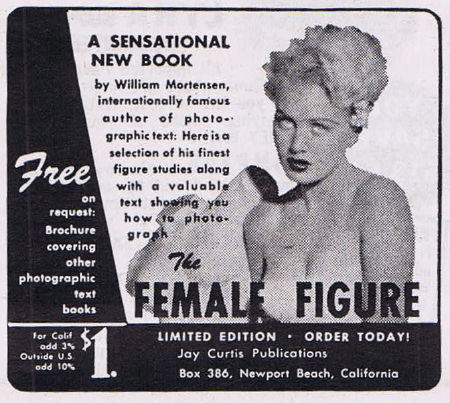
My favorite product advertised in the images here is this book about The Adequate Male. Sure, that’s what we all strive for: adequacy!
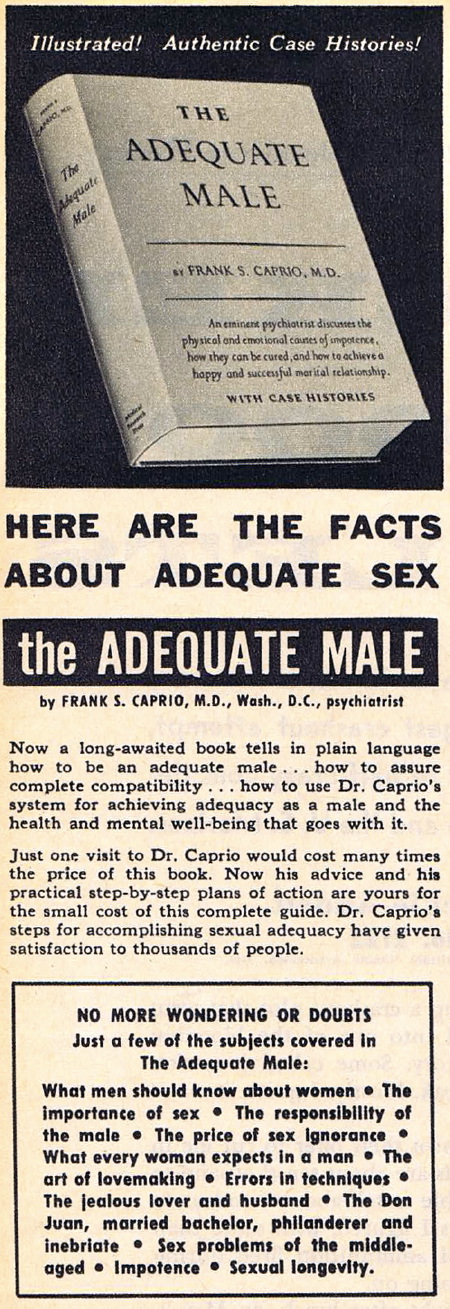
When the first VCRs hit the market in 1972, it signaled the end of the stag film as we knew it. Soon pornographic videos were available at the corner liquor store — no particular reason to have a party around it.


I’m not sure what guys do at stag parties these days. Maybe they hire strippers. I can’t imagine being on the invite list for such an activity. In fact, I suspect old-fashioned stag parties would be pretty embarrassing if it wasn’t for all the alcohol — most porn is best experienced in smaller numbers. In any case, I’m too busy catching up on what it takes to become an adequate male.
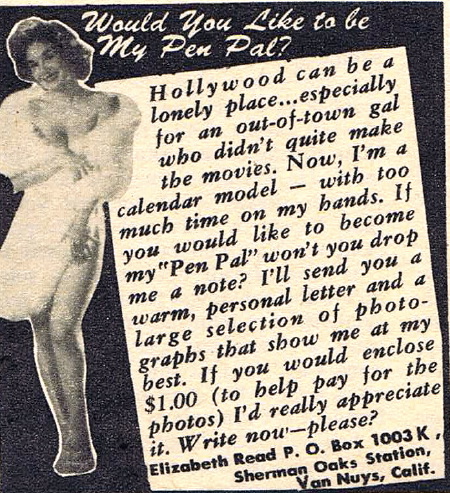

If you have stag-party stories, please share them via the Comments button.

This article was last modified on May 17, 2023
This article was first published on June 19, 2009



